Lop-eared rabbits have become very popular pets over the past few decades. These rabbits are born with ears that ‘flop’ over as they grow, as well as other characteristics such as shorter, more rounded faces.
These attributes were used over time by breeders to give rabbits a ‘cuter’ appearance, but this has unfortunately led to ear disease becoming common amongst lop-eared rabbits.
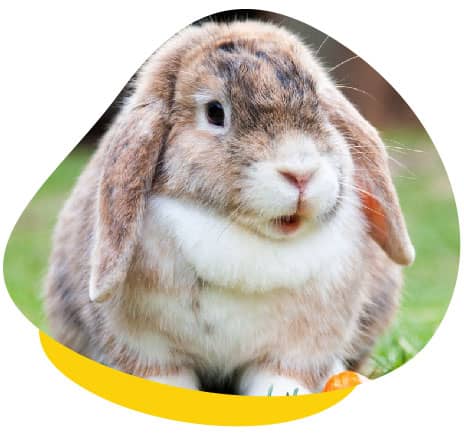
Why Do My Rabbit’s Ears Flop?
The ear of wild rabbits is supported by three cartilages that lock together to keep the ear erect. Lop-eared rabbits have been born with a gap between two of these cartilages, meaning that there is a weaker area where the ear often droops. Over time, the ear will flop to face downwards, and the external ear canal is separated into two parts.
Just like in people, the ears of rabbits produce cerumen – or ear wax – that usually would be removed by grooming habits and normal drainage of the ear. As the ear of lop-eared rabbits droop, the cerumen begins to build up as it cannot easily be removed.
This can be irritating to rabbits and the ear canal often becomes inflamed, which can cause the cerumen to appear creamy and similar to pus. In some rabbits, true ear infections also develop that can cause much more severe problems and discomfort.
Does My Lop-eared Rabbit Need Treatment?
Unfortunately, there is no simple answer for this. It was initially thought that an accumulation of this material in the external ear canal was abnormal and should be treated with antibiotics.
However, further testing has shown that often these rabbits do not have true infections in their ears, but rather too much ear wax or sterile pus. Pus is a collection of inflammatory cells and can be found at areas of infection or inflammation. Areas of sterile pus do not require antibiotics for treatment.
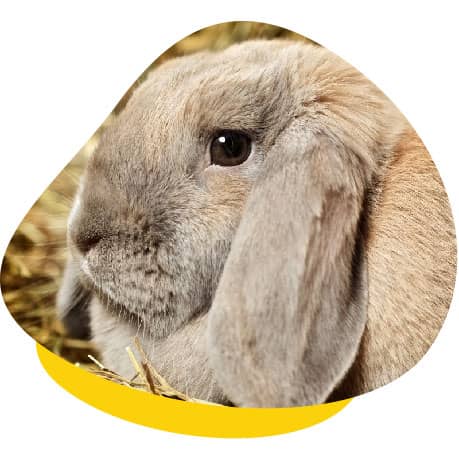
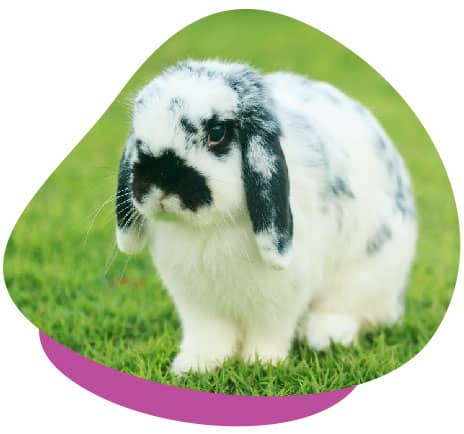
What Treatment is Recommended for My Rabbit’s Ears?
There are a few questions that need to be answered to work out which treatment option is best for your rabbit:
- Is my rabbit’s ear disease affecting them?
- Is the material in their ears wax, sterile pus, or infected pus?
- What part of their ear is involved?
Is My Rabbit’s Ear Disease Affecting Them?
Rabbits with sore ears often scratch their ears excessively or shake their heads. Other rabbits may also go off their food, experience bouts of gut stasis or even show a change in their personality. Some rabbits will become very cuddly whilst others will start to be grumpy or even aggressive. Often a rabbit vet will place your rabbit on a short course of pain relief to see if this relieves these symptoms and help plan their future treatment.
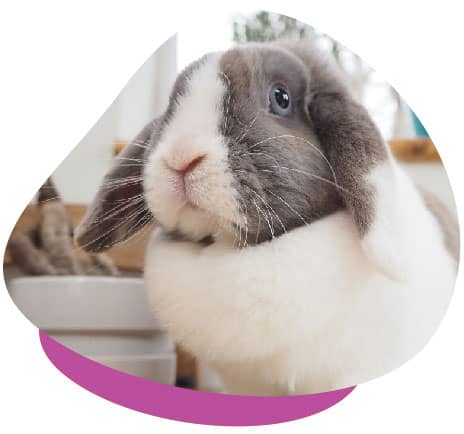
Is the Material in Their Ears Wax, Sterile Pus, or Infected Pus?
When ear wax becomes inflamed it can appear similar to pus. To help determine if the ears are truly infected, there are two different tests your vet can perform.
The first is cytology, where your vet will take a swab of the material in your rabbit’s ear and stain it for certain bacteria and yeast as well as activated inflammatory cells. The other is a culture and sensitivity test that looks at exactly what type of bacteria are present and what antibiotics are most effective at treating them.
What Part of Their Ear is Involved?
Like most animals, rabbits have an external, middle, and internal ear. The external ear is the part that is visible, whilst the middle and internal ears are located inside the skull. External ear diseases are what has been discussed so far, but a serious complication of chronic external ear infections can be middle ear infections.
Middle ear infections occur in the tympanic bulla, which is a bone that has two important nerves running through it. These nerves are the vestibular and facial nerves, and damage to these can lead to head tilts and facial contracture.
To assess whether your rabbit has a middle ear infection computer tomography – a CT – is required. If your rabbit is confirmed to have a middle ear infection then a combination of antibiotics, pain relief or surgery may be recommended.
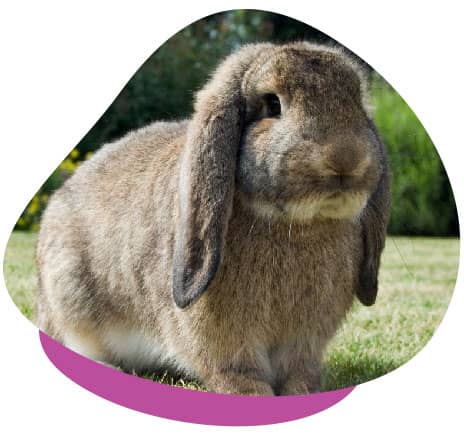
My Rabbit is Showing Symptoms of Ear Disease; What Treatment Options Are Available?
If your rabbit is showing signs of pain or significant inflammation, treatment is generally recommended. The most common treatment options include:
| Treatment | Explanation |
| Pain relief | The most common is an oral anti-inflammatory |
| Topical ear treatment | Liquid ear flushes and powders are both available |
| Oral or injectable antibiotics | Whilst oral antibiotics are often easier to give, they also can have a direct effect on the good gut bacteria of your rabbit, so injectables may be recommended in some cases |
| Endoscopic cleaning | This is a good option for rabbits that have relatively normal ear canals but large blockages from wax or infection |
| Surgery | The two most common surgeries performed are:
|
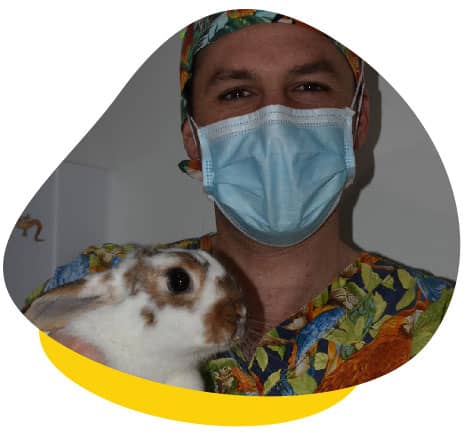
Is There a Grading System for Ear Disease in Rabbits?
There is no formal grading system for ear disease in rabbits. Instead, your vet will refer to your rabbit’s ear infection as mild, moderate, or severe. As treatment is started for your rabbits ear your vet will monitor their ears for signs of improvement, such as decreased inflammation, discharge, and discomfort.
Where Can I Find More Information on Ear Disease in Rabbits?
Ear disease in lop-eared rabbits is a complex and evolving topic. This article hopes to address some of the common questions we are asked, however, every rabbit is an individual, and for the best outcomes we recommend talking directly to your vet.
If you have any questions at all, please do not hesitate to contact us at The Unusual Pet Vets.

